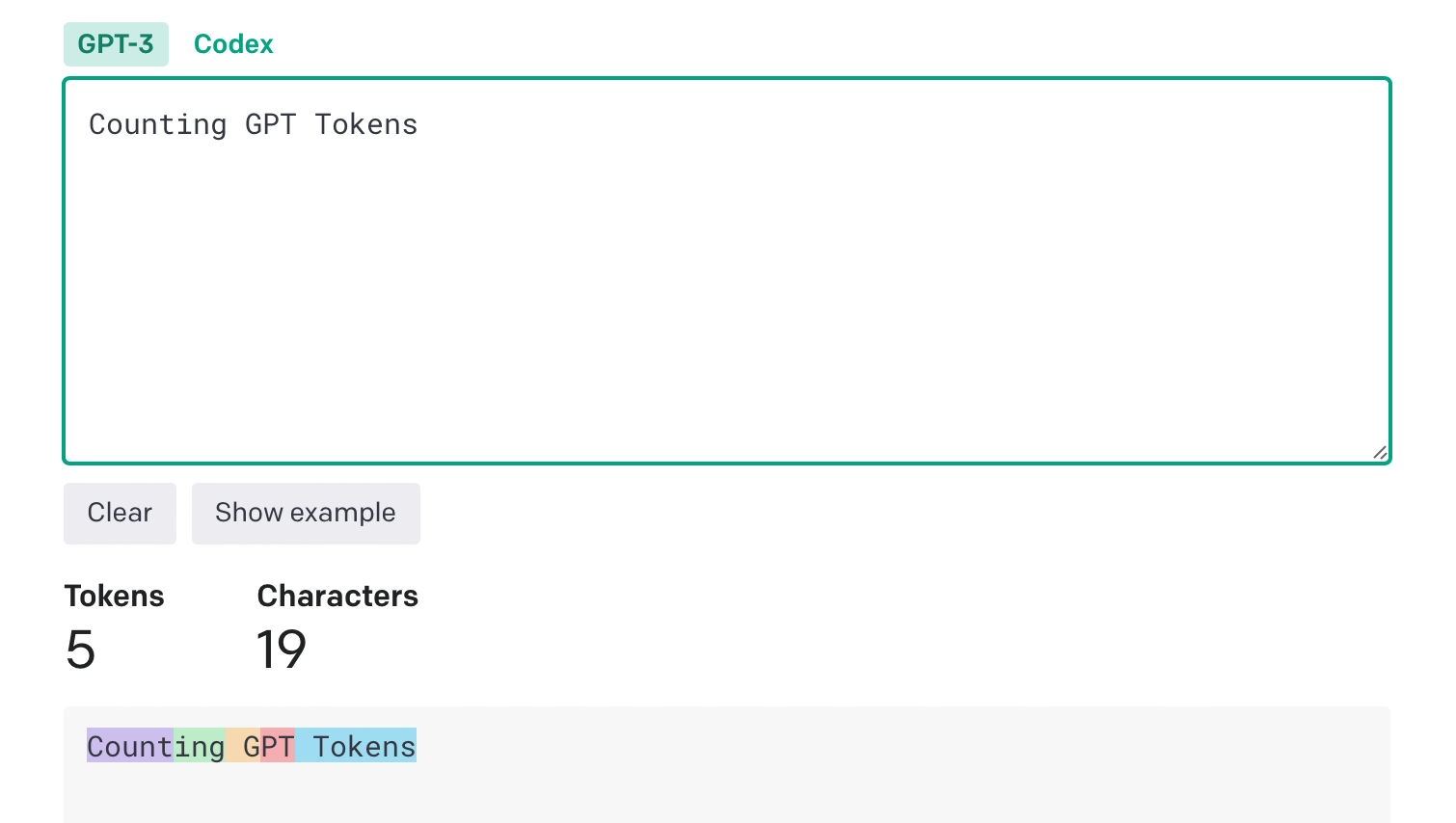Here’s an illustrative function for Counting GPT Tokens for messages sent to gpt-3.5-turbo-0613. Please note that the specific method of transforming messages into tokens can vary between different models. Therefore, the results provided by this function might be approximate when applied to future model versions.
Traditionally, GPT models consumed unstructured text. ChatGPT models instead expect a structured format, called Chat Markup Language (ChatML for short). ChatML documents consist of a sequence of messages. Each message contains a header (which today consists of who said it, but in the future will contain other metadata) and contents (which today is a text payload, but in the future will contain other datatypes).
OpenAI still evolving ChatML, but the current version (ChatML v0) can be represented with our upcoming “list of dicts” JSON format as follows:
[
{"token": "<|im_start|>"},
"system\nYou are ChatGPT, a large language model trained by OpenAI. Answer as concisely as possible.\nKnowledge cutoff: 2021-09-01\nCurrent date: 2023-03-01",
{"token": "<|im_end|>"}, "\n", {"token": "<|im_start|>"},
"user\nHow are you",
{"token": "<|im_end|>"}, "\n", {"token": "<|im_start|>"},
"assistant\nI am doing well!",
{"token": "<|im_end|>"}, "\n", {"token": "<|im_start|>"},
"user\nHow are you now?",
{"token": "<|im_end|>"}, "\n"
]You could also represent it in the classic “unsafe raw string” format. However, this format inherently allows injections from user input containing special-token syntax, similar to SQL injections:
<|im_start|>system
You are ChatGPT, a large language model trained by OpenAI. Answer as concisely as possible.
Knowledge cutoff: 2021-09-01
Current date: 2023-03-01<|im_end|>
<|im_start|>user
How are you<|im_end|>
<|im_start|>assistant
I am doing well!<|im_end|>
<|im_start|>user
How are you now?<|im_end|>Non-chat use-cases
ChatML can be applied to classic GPT use-cases that are not traditionally thought of as chat. For example, instruction following (where a user requests for the AI to complete an instruction) can be implemented as a ChatML query like the following:
[
{"token": "<|im_start|>"},
"user\nList off some good ideas:",
{"token": "<|im_end|>"}, "\n", {"token": "<|im_start|>"},
"assistant"
]OpenAI does not currently allow autocompleting of partial messages,
[
{"token": "<|im_start|>"},
"system\nPlease autocomplete the user's message.",
{"token": "<|im_end|>"}, "\n", {"token": "<|im_start|>"},
"user\nThis morning I decided to eat a giant"
]Note that ChatML makes explicit to the model the source of each piece of text, and particularly shows the boundary between human and AI text. This gives an opportunity to mitigate and eventually solve injections, as the model can tell which instructions come from the developer, the user, or its own input.
Few-shot prompting
In general, we recommend adding few-shot examples using separate system messages with a name field of example_user orexample_assistant. For example, here is a 1-shot prompt:
<|im_start|>system
Translate from English to French
<|im_end|>
<|im_start|>system name=example_user
How are you?
<|im_end|>
<|im_start|>system name=example_assistant
Comment allez-vous?
<|im_end|>
<|im_start|>user
{{user input here}}<|im_end|>If adding instructions in the system message doesn’t work, you can also try putting them into a user message. (In the near future, we will train our models to be much more steerable via the system message. But to date, we have trained only on a few system messages, so the models pay much more attention to user examples.)
Read more related articles:
